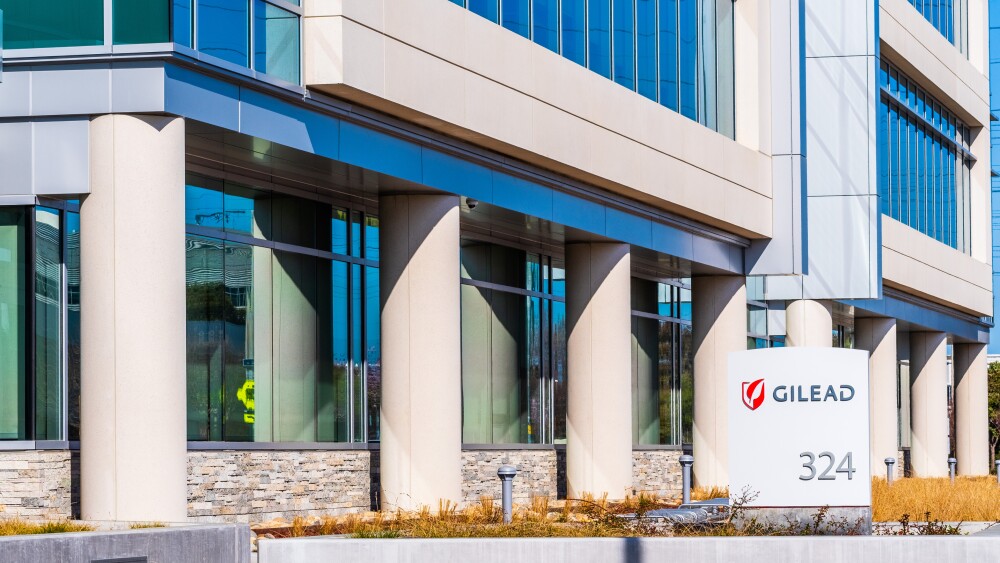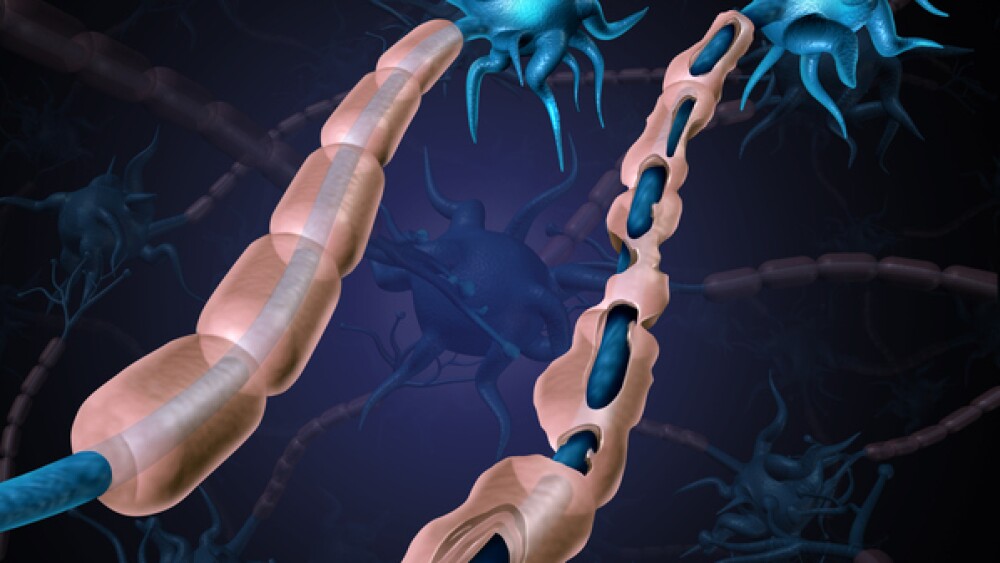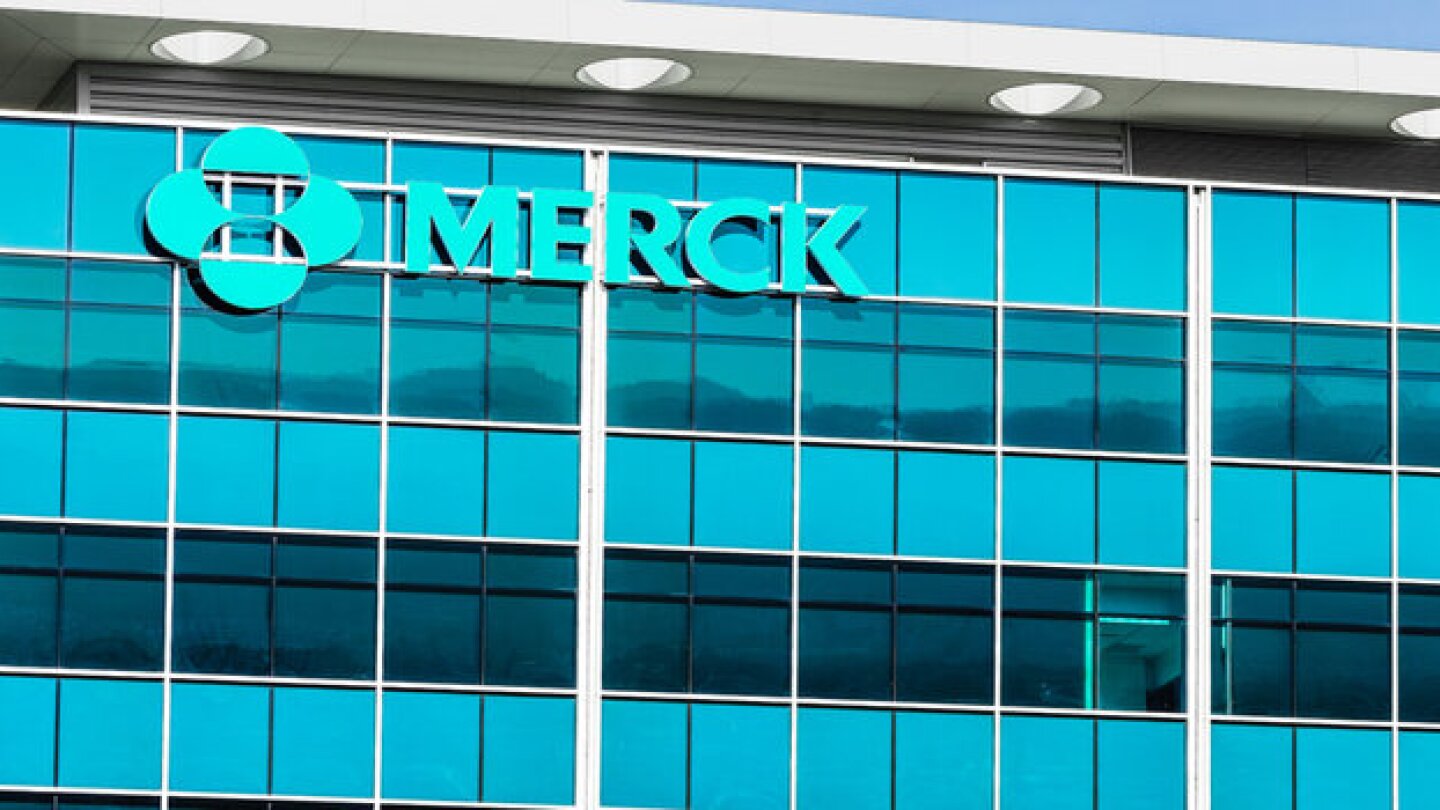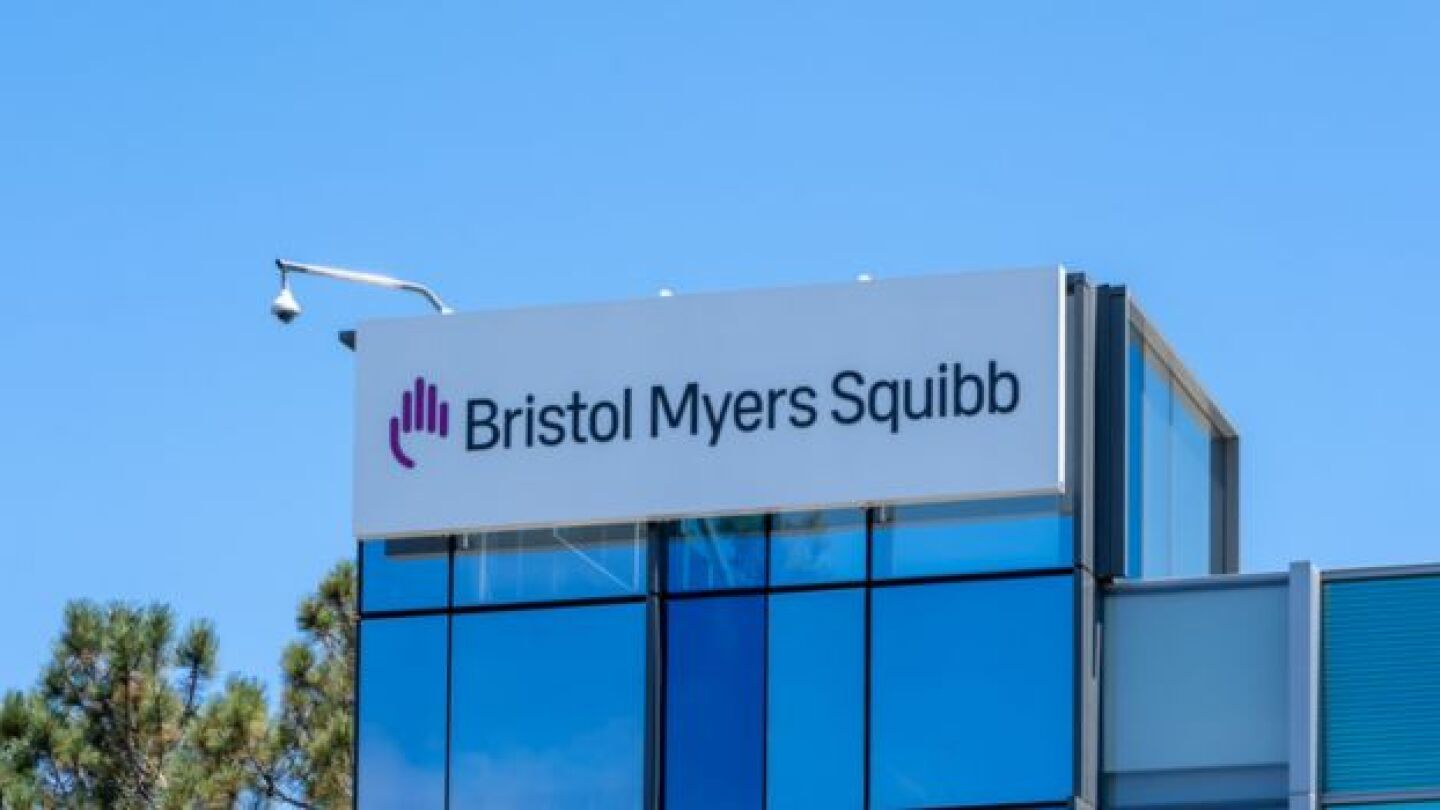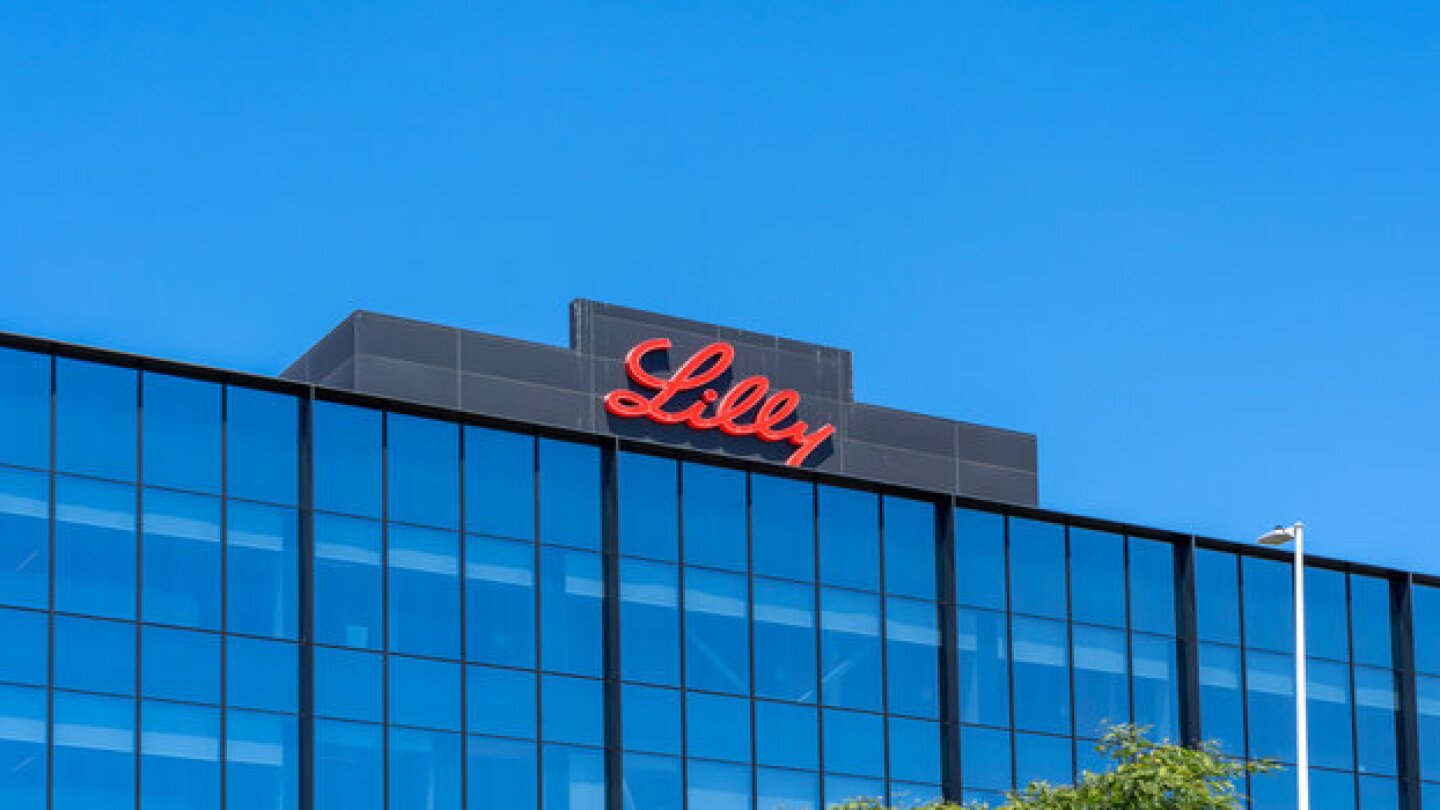News
Gilead’s investigational drug combo bic/len could help lower the pill burden in patients with virologically suppressed HIV who are on complex treatment regimens, according to BMO Capital Markets.
FEATURED STORIES
Smarter design through targeted delivery and human-relevant testing can save the industry from costly safety failures.
While Bruton’s tyrosine kinase inhibitors are often hailed as the next big breakthrough in multiple sclerosis, Immunic Therapeutics and others are leveraging neuroprotective targets and remyelination to keep the disease at bay.
Following up on previous, dimly received issuances, a new set of ideas published by the FDA to streamline regulatory pathways for cell and gene therapies ‘for small populations’ is receiving a warmer welcome—but experts warn it will take more to turn the tide for the fraught therapeutic space.
Job Trends
Amgen (NASDAQ:AMGN) today announced the U.S. Food and Drug Administration (FDA) has approved BLINCYTO® (blinatumomab) for the treatment of adult and pediatric patients one month or older with CD19-positive Philadelphia chromosome-negative B-cell precursor acute lymphoblastic leukemia (B-ALL) in the consolidation phase, regardless of measurable residual disease (MRD) status.
FROM OUR EDITORS
Read our takes on the biggest stories happening in the industry.
With five CDER leaders in one year and regulatory proposals coming “by fiat,” the FDA is only making it more difficult to bring therapies to patients.
THE LATEST
CEO David Ricks wants Eli Lilly’s upcoming obesity pill to be accessible to patients who need it, but the company still needs to pay for the next generation of obesity medicines to come after that.
While the company’s sales outlook was otherwise rosy, Merck took sales hits on Gardisil, Proquad, Varivax and Vaxneuvance.
Bristol Myers Squibb beat analyst and consensus estimates for the third quarter with $12.2 billion in sales, but executives on the company’s investor call faced questions about a sluggish uptake for schizophrenia drug Cobenfy as well as a highly anticipated Alzheimer’s psychosis readout for the product.
To expand the population for the anti-amyloid Alzheimer’s drugs, Lilly and Biogen are testing presymptomatic patients. Will doctors be open to this paradigm-shifting change?
In this episode presented by Element Materials Technology, BioSpace’s head of insights discusses how China, historically focused on manufacturing, is increasingly becoming an innovation leader, particularly in pharmaceuticals, with guests Dr. Jihye Jang-Lee and Dr. Khanh Courtney. Ultimately, balanced strategies involve domestic capacity investments coupled with global collaboration.
Mounjaro and Zepbound contributed more than $10 billion to the $11.98 billion in sales Lilly recorded for key products in the third quarter, despite price decreases for the GLP-1 medicines.
The investment, which will expand Eli Lilly’s existing campus in Puerto Rico, is slated to create 100 new jobs, on top of around 1,000 construction-related roles.
With a 100% response rate in a Phase II study, KYV-101 sets a new efficacy bar in generalized myasthenia gravis, according to analysts at William Blair.
The clinical hold comes days after Intellia voluntarily paused enrollment and dosing in the same two studies.
Pfizer called Novo’s offer “reckless and unprecedented,” in a statement issued Thursday morning.

